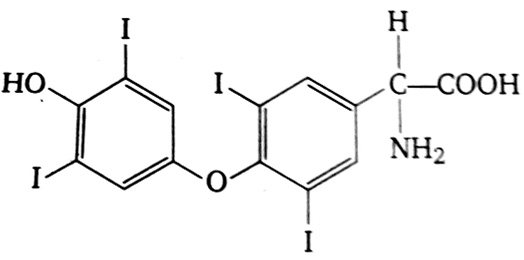Antiseptics and disinfectants either kill or prevent the growth of microorganisms. Identify which of the following is not true.
-
A 0.2% solution of phenol is an antiseptic while 1% solution acts as a disinfectant
-
Chlorine and iodine are used as strong disinfectants
-
Dilute solutions of boric acid and hydrogen, peroxide are strong antiseptics
-
Disinfectants harm the living tissue
C.
Dilute solutions of boric acid and hydrogen, peroxide are strong antiseptics
Antiseptics and disinfectants both either kill or prevent the growth of microorganisms. The main point of difference between these two is that the former (antiseptics) are used for living beings whereas disinfectants are not safe for living tissues. These are actually used for inanimate objects like floors, tiles etc.
A substance like phenol in its lower concentration (0.2%) behaves as antiseptic whereas in higher concentration (1%) as disinfectant. Chlorine and iodine are strong disinfectants whereas dilute solutions of boric acid and hydrogen peroxide are mild antiseptics.






